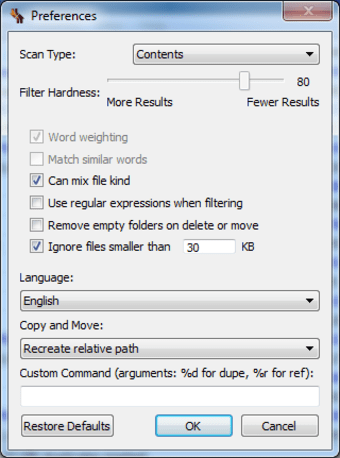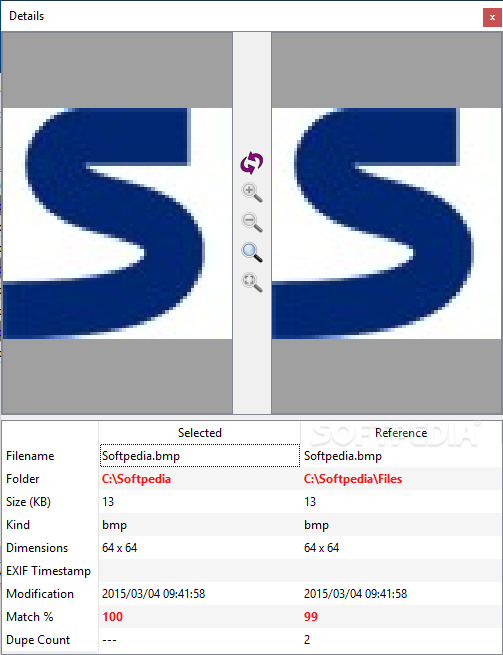

- #Instructions for dupeguru pictures install#
- #Instructions for dupeguru pictures Pc#
dupmerge: runs on various platforms (Win32/64 with Cygwin, *nix, Linux etc.). Avoids comparing files against themselves when multiple paths point to the same file. dupedit: Compares many files at once without checksumming. It would be simple enough to modify this workflow to allow for that scenario though by changing the extensions of files considered by the first part of the script.List of programs/scripts/bash-solutions, that can find duplicates and run under nix: I might shoot video on my phone but that’s about it. I don’t find myself in the position of wishing i had videos in the same structure. Automating this with linux, i would use fdupes.ģ. I seperately run a program that finds duplicates on my library every so often just in case. the upload process renames the files and moves them so they are there once. if there’s nothing in the bucket then there’s nothing to do. The Auto upload process is scripted to run every 5 minutes. once i’m happy the images are in my library i wipe the memory cards in my camera ready for the next outing,Ģ. I could probably automate that somehow but it seems like overkill. #Instructions for dupeguru pictures Pc#
I put the memory card in the reader on my pc and copy them over. I do copy the files to the bucket folder manually. Thanks for your comment, apologies for the delay responding.ġ. You can now make this a user defined script scheduled task on your NAS.

bin/exiftool -v -d /volume1/DATA/Tom/Photos/%Y/%m_%b/%W_%d-%b-%Y_%H-%M-%S%%-c.%%e -ext JPG -ext jpg -ext ORF -ext orf -'-filenameobviously need to edit it to match your use-case. There’s some statements ignoring synology system folders too which are important. I then have a couple of lines that find and move files with extensions that denote video files and other image types that I organise into other folders and a catch-all for everything else at the end. for any more info, read the Exiftool documentation. Then the date and time in a logical format for my region and use. Then the file is named with week number to keep things chronological when browsing. To deconstruct that name it sorts it into a folder of the current year with a subfolder of the month. All file system references are done from the root level (EG: /volume1/nameofshare).įor the uninitiated the below can look a little overwhelming but it basically takes the following on my NAS: /volume1/DATA/tom/bucket/P6010058.RAWĪnd processes it to: /volume1/DATA/tom/photos/2020/06_Jun/22_0_14-24-04.RAW Start with a new text file on your computer so you can edit it. Now that you have Exiftool you’ll need to make a script that runs on a schedule to do the sorting. Once you’ve done that, re-launch package manager and exiftool will be available.
#Instructions for dupeguru pictures install#
To do that you need to install it’s package from a non-official community repository. I regularly import photos I’ve taken while out and about into my photo library on my Synology NAS so I decided to automate the process using Exiftool and a scheduled task on my Synology NAS.įirstly it requires the use of Exiftool, A handy utility that I use to “pull” the Exif data from photos and subsequently rename them using a date based name.






 0 kommentar(er)
0 kommentar(er)
